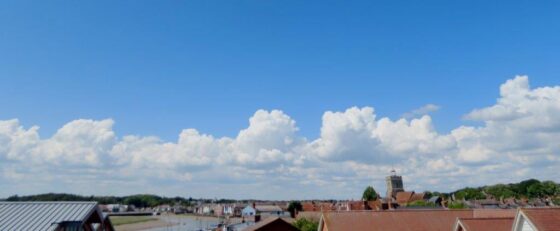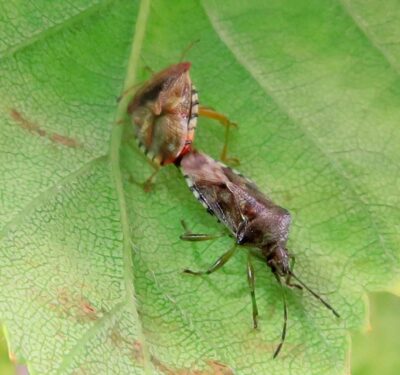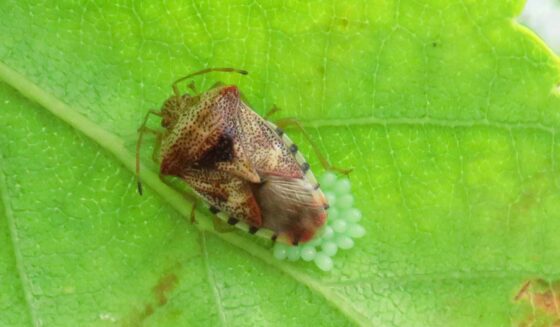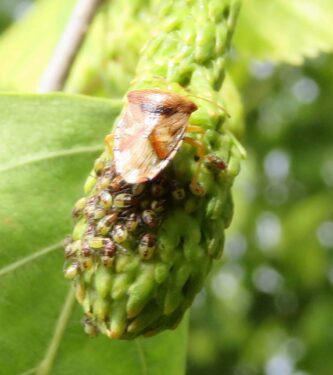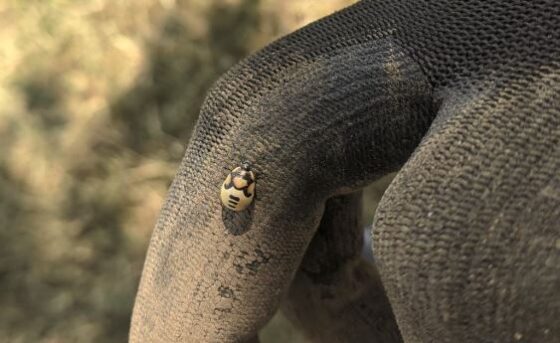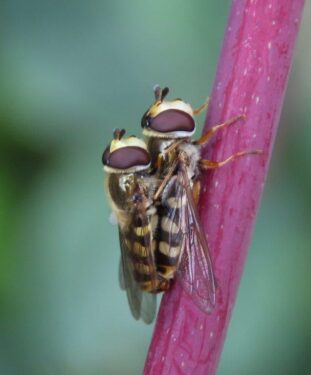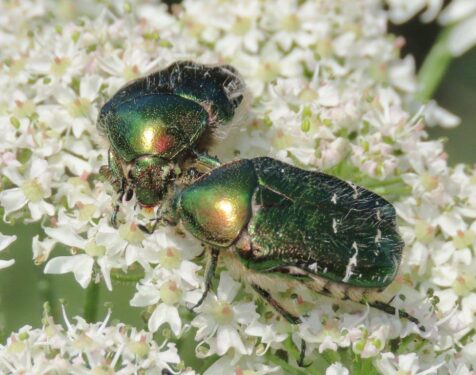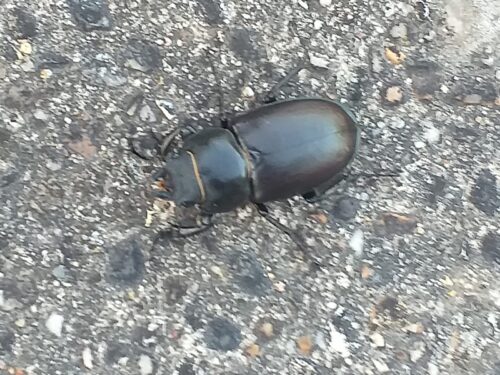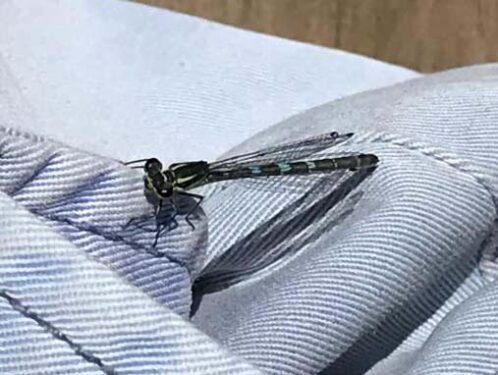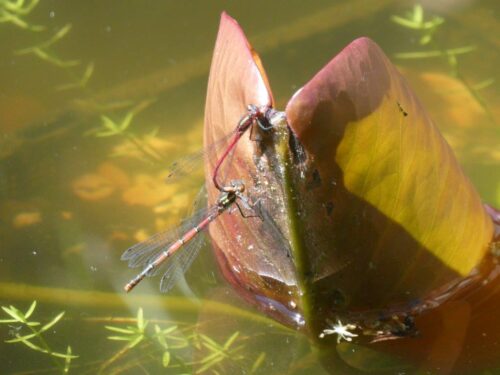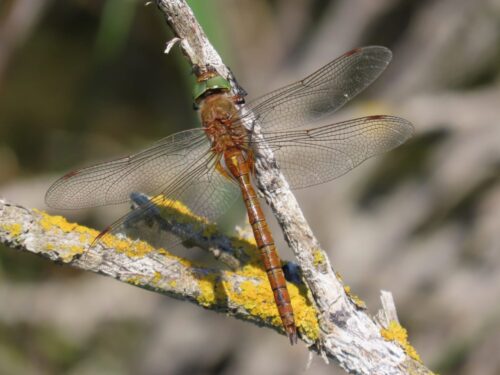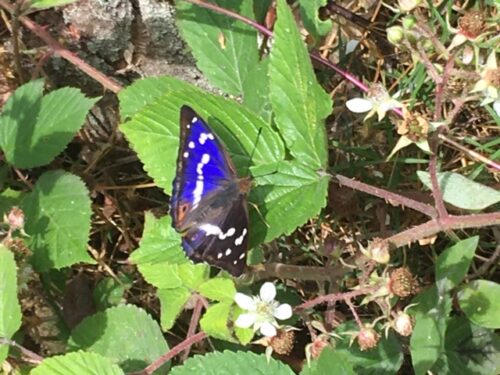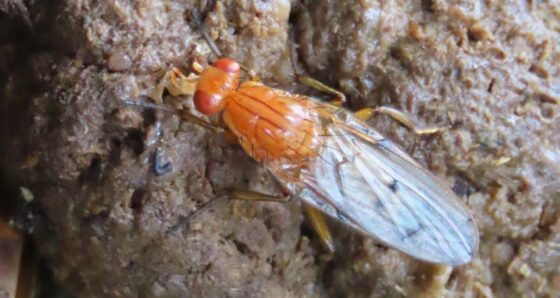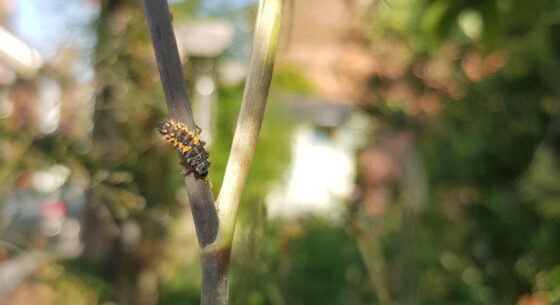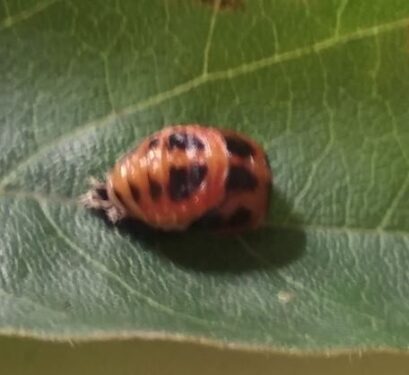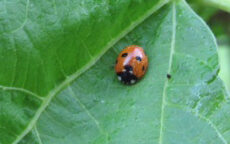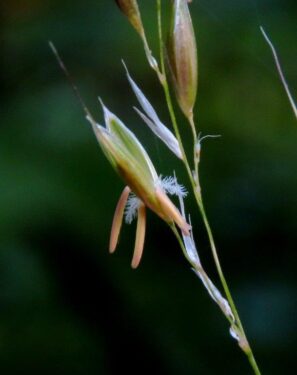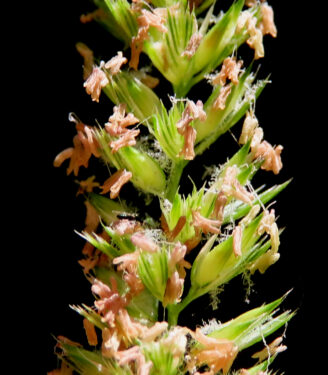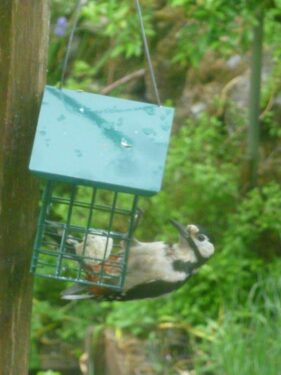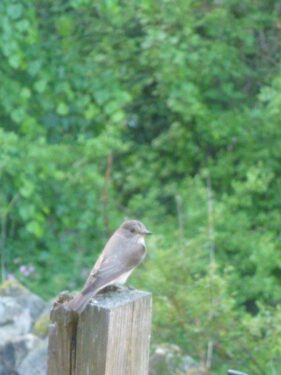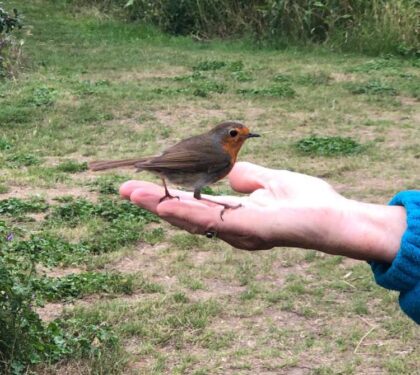Welcome to another edition of our Lockdown diaries. As always a huge thank you to everyone who has been in touch – it is a true pleasure to compile these nature notes and we are delighted that so many people are keen to join in.
We thought this time we would celebrate Love – in the natural world that is!
Firstly a set of brilliant pictures from our friend in Brighton – these creatures (a species of shield-bug) are known as Parent Bugs and have got their English name from their rather endearing habit of protecting their eggs and young offspring. The first picture shows a Mummy and Daddy bug kind of ‘love’, followed by the love/care of a parent. In actual fact it is the females that guard their eggs and youngsters, whilst the male goes off having fun elsewhere. Most insects lay their eggs somewhere and just leave them to get on with it, so this is quite unusual behaviour.
Although ‘bug’ is often used as a general word for any kind of insect, ‘true bugs’ are one of the main Orders of insects, a defining character being that they have sucking mouthparts rather than jaws. Others of this type include Sloe Shield-bugs, spotted in Suffolk, whilst this rather handsome young Pied Shield-bug was snapped on a gardening glove just outside Wivenhoe.
Love has been apparent on many grasses and plants locally, in the form of mating hoverflies – this pair of Eupeodes luniger were seen enjoying the sun in our neighbour’s garden. And we couldn’t help but be charmed by these two splendid Rose Chafer beetles being close and intimate. Amazingly these are the first that Chris has ever seen in the mainland UK, though I am rather smug, having seen them on several occasions in Colchester.
Talking of beetles, we are pleased to report that Stag Beetles are still out and about, at least in our neck of the woods. This lovely lady Stag posed for a photo, grateful, having been recently rescued, whilst those other rather whacky beetles, Cockchafers, have been seen whizzing about in the churchyard. (Unfortunately we have room for only one SB photo this time, but thanks for all that have been sent in).
What else do insects love beside each other? Well sunshine is a must – it warms them to give energy, and it is a fact that the hotter the sun the faster creatures like butterflies and dragonflies can zoom about. This Common Blue Damselfly was snapped taking a break from zooming, just soaking up the rays, whilst this pair of Red Damsels were having a romantic time of it.
A very rare Norfolk Hawker dragonfly was seen in north Wivenhoe – look at those eyes! Thank you to the nature-spotter-extraordinaire that sent this in!
And many thanks to the friend we met in some woods who had just found this Purple Emperor and kindly said we could use her photo. What a stunning picture of an amazing creature.
Insects also love food and (sorry if you are eating your breakfast whilst reading this), but we couldn’t resist photoing this rather scarce fly Dryomyza anilis tucking into a tasty….well….you can see what it is! I’m certainly not offended by seeing an unfettered dog poo whilst out in the countryside (as long as not directly on a footpath). What does offend is poo in plastic bags left in bushes/hanging in trees/left by the wayside waiting for a Poo Fairy to pick up and take away presumably? A bagged ‘one’ is gonna take months to decompose, whilst those left to their own devices in the open air will biodegrade and disappear in quite a short time – thanks to nature’s waste disposal team (see above).
Sorry, I seem to have gone off the ‘love’ theme there!
Another popular source of food is aphids: ladybirds are mightily keen on them, thus they are every gardener’s friend. We are all familiar with the adult versions, but their other stages are equally interesting though perhaps not so well known. A photo of a rather strange beetley thing was sent to us last week – this is a larval form of a ladybird (in this case a Harlequin). There are 55 species of ladybirds in UK, the larva of each having different patterning, allowing identification.
When they have eaten their fill as larvae they attach themselves to a handy stem (no need to hide away – the red-and-black warning coloration of this Harlequin is enough deterrent to keep most predators away) where they stay until metamorphosis has taken place and can emerge as fully fledged adults (in this case, a Seven-Spot Ladybird). Truly amazing, we think.
In the plant kingdom there is so much going on right now. One particularly fascinating group of plants is the grasses – easy to ignore or think of as annoying weeds if they turn up in your flower bed, but so many are very beautiful, especially at this time of year when their ‘naughty bits’ are apparent – find a spike in full fertile flower, its scales parted revealing the pollen-filled anthers and the feathery stigmas (the female receptive structures) hoping to receive a wind-blown dose of pollen, and thus produce a new generation.
What else is happening? Frogs are enjoying their wildlife ponds in some caring people’s gardens, and birds are often mentioned by our correspondents. We had this inspiring summary from Yorkshire ‘Mating Kestrels, Greater Spotted Woodpecker feeding fledgling at back of house, also a Spotted Flycatcher feeding, a Wren nesting and feeding in the little ginnel next to the house, a Little Owl, 3 Stoat sightings, plenty of Curlews, Swifts screeching….’, with a pic of the woodpecker tucking into the fat balls. A friend in Wivenhoe said she had found Lockdown ‘a great learning time’ and was now beginning to recognise many more bird-calls.
Near Elmstead, a keen nature lover told us that ‘I continue to hear several Common Whitethroats, one Lesser, a Willow Warbler, a couple of cock Yellowhammers, a couple of Blackcaps. I also saw a pair of Muntjac’. We occasionally hear Muntjac from our flat, and have seen droppings not far from home (oh dear…sorry…..).
Other birds giving pleasure are the geese which fly over of an evening, and we are pleased to have seen a pair of swans in the shipyard dock recently, the previous pair with their friend the goose sorely missed in recent years. The goose has continued to hang around and sometimes can be seen with a Greylag girlfriend (or two) in tow, and or over the other side of the river with his Canada geese pals. Quite a social being.
To bring this edition to an end, we were sent this amazing photo of a tame Robin, showing his ‘love’ for this kind person. 😊
As always, hope you have enjoyed the read, and if you have only just joined us and would like to see some of the other Lockdown Diaries, here is the link https://www.chrisgibsonwildlife.co.uk/category/judes-nature-diaries/
We have been thinking about how/when to resume our walks and will be sending out an email with details shortly…all depending on the current government guidelines etc.
It goes without saying if you no longer wish to receive our ramblings, or know anyone who might like them, just let us know as adjustments to the mailing list can easily be made. Even though life is returning to normal, we would be happy to continue these diaries if anyone cares to send in contributions from anywhere that you happen to find yourself – photos, comments, observations or questions which Chris would be happy to try to answer. Please let us know if you would be interested in continuing, or if you feel they have been now run their course. Thank you.
Happy Nature watching.
ADDITIONAL IMAGES by Val Appleyard, Sarah Smith, Cathy Burns, Rob Johns, Leonie Henderson, Glyn Evans, Lorna Whitworth, Nel Mooy, Sue Minta, Patrick Eady, Angie Reid.
